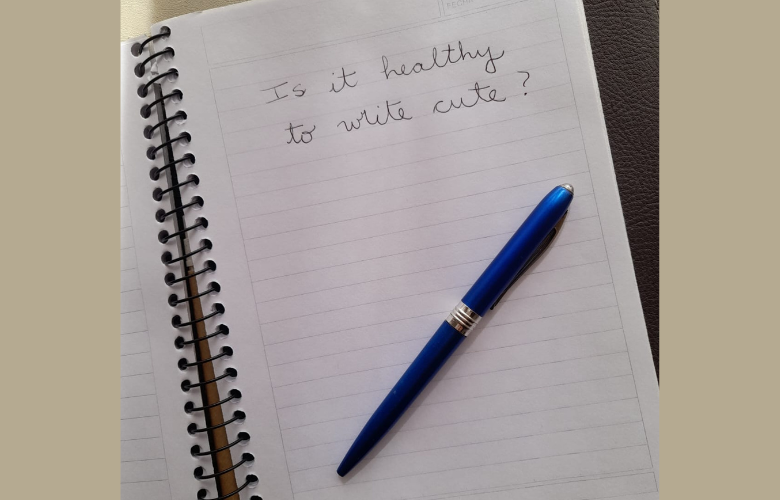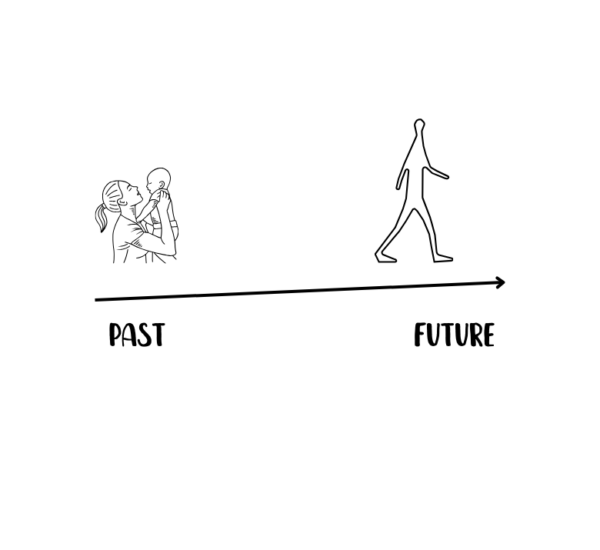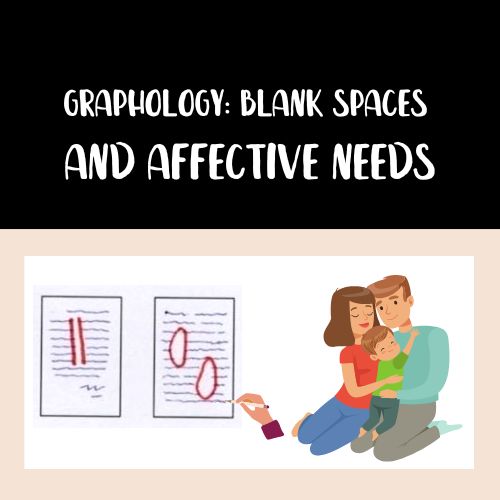Generally, people admire beautiful handwriting and good calligraphy. Many times, we say, “I have really ugly handwriting!” But having “beautiful handwriting” or perfect writing is not always healthy or beneficial. Let me tell you the reasons why “beautiful handwriting” isn’t actually good.
#1 Reason
When I talk about “beautiful handwriting,” I mean excessively perfect and controlled writing. This type of writing or calligraphy is characterized by being slow and having a rigid rhythm. Slow-paced writing reflects caution and reflection, while rigidity indicates inhibition and fear.
Reasons why “good handwriting” isn’t really good
#2 Reason
Excessive control can also indicate a desire to have everything under control to prevent traumatic experiences from the past from recurring. While this can be a valid response to trauma, it can lead to excessive self-control and control over others.
#3 Reason
Another characteristic of “calligraphic handwriting” or perfect writing is the lack of variation. When handwriting varies according to the situation or mood, it is considered normal, as it is deeply connected to our body and mind. Therefore, it should fluctuate with our emotional state. When handwritten writing lacks this variation, it could indicate that certain emotions are being repressed.
“Is it healthy to write cute?”
#4 Reason
Another sign of emotional control can be observed by looking at the lines or baseline direction of the letters. If the line is straight as if drawn with a ruler, without gentle waves, it is an indication that emotions are being controlled. It takes a lot of self-control to write in a straight line!
This can be interpreted as an excessive need to take care of oneself and take precautions. While taking a certain degree of precaution is understandable and healthy, excess can limit our confidence in others and even in ourselves. It can affect our decision-making and relationships.
#5 Reason
Excessively perfect and elaborate writing can indicate that something is being hidden. Due to the need for control and emotional repression, these individuals tend to conceal things. We all have our private matters, but in these cases, we don’t know if insignificant issues are being hidden due to insecurity or something important.
#6 Reason
Handwriting may tend to emphasize either shape or speed. More shape means less speed, and more speed means less form. Both cases are not inherently good or bad. The issue arises when they are extreme.
Excessively perfect writing places an excessive emphasis on shape. It is interpreted as excessive concern for appearances and a desire to please others. It relies too much on others’ opinions, wasting energy, which in turn undermines confidence in one’s own judgment.
#7 Reason
It’s also important to analyze the signature of someone who writes too perfectly. The signature may be excessively elaborate or not.
The signature reflects the writer’s identity. If a signature lacks embellishments and is similar to the individual’s regular writing, it indicates that the person is authentic and has nothing to hide. It is very likely that this person is the same in public and in private. In contrast, overly elaborate signatures make exceptions when it comes to celebrities and artists, as they often represent how they wish to be seen, regardless of whether they are authentic or not.
As I mentioned in another post, both the handwriting in a text and the signature should be legible, clear, neither too large nor too small, and maintain a certain balance between curves and angles, among other things.
#Reason 8
Letters with pronounced arcs indicate concealment and overcompensation. They attach more importance to appearances. Protection is sought out of distrust and reserve.
#9 Reason
The calligraphic writing, especially if it is regular, careful, monotonous, and constant, can conceal neuroses, block natural tendencies, and repressions. There is a lack of dynamism and spontaneity. It is very possible that those who write like this identify with their professional role, prestige, and social biases. When this identification becomes a habit, it is useless to look behind the “mask.”
It’s important to remember that these indicators can vary and should be considered within the context and in conjunction with other traits. If you identify with any of these signs in your handwriting, don’t feel bad; on the contrary, you can work on them.
Thank you, and I hope you continue to follow the blog to keep learning!





Best graphology site on the web!